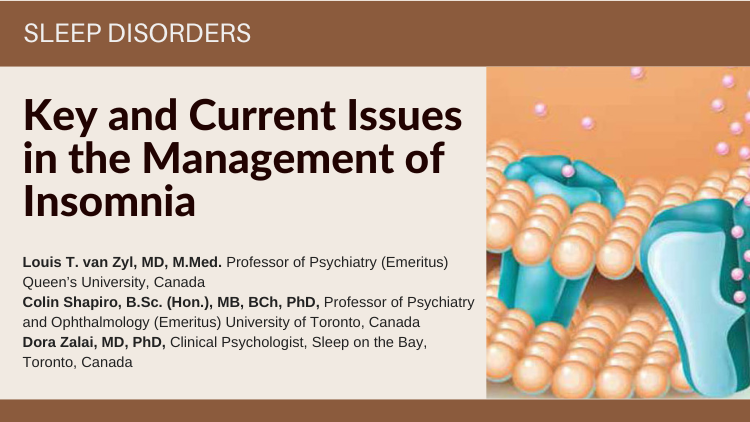Amit Morris, BSc, School of Medicine, Queen’s University, Kingston, ON; Department of Psychiatry, Sleep and Alertness Clinic, Toronto Western Hospital, University of Toronto, Toronto, ON.
Henry J. Moller, MD, FRCP(C), DABSM, Department of Psychiatry, Sleep and Alertness Clinic, Toronto Western Hospital, University of Toronto, Toronto, ON.
Colin M. Shapiro, MBBCh, PhD, FRCP(C), Department of Psychiatry, Sleep and Alertness Clinic, Toronto Western Hospital, University of Toronto, Toronto, ON.
Chronic insomnia is common among older adults and has significant negative consequences for health and well being. A comprehensive approach to treatment begins with identification and management of any underlying conditions. Treatment of insomnia includes both non-pharmacologic and pharmacologic options. Non-pharmacologic approaches form the foundation of treatment; hypnotic medications can also be effective but may be associated with adverse drug effects. Zopiclone and zaleplon appear to be associated with fewer side effects than benzodiazepines.
Key words: insomnia, older adults, drug therapy, behavioural therapy, hypnotics.

